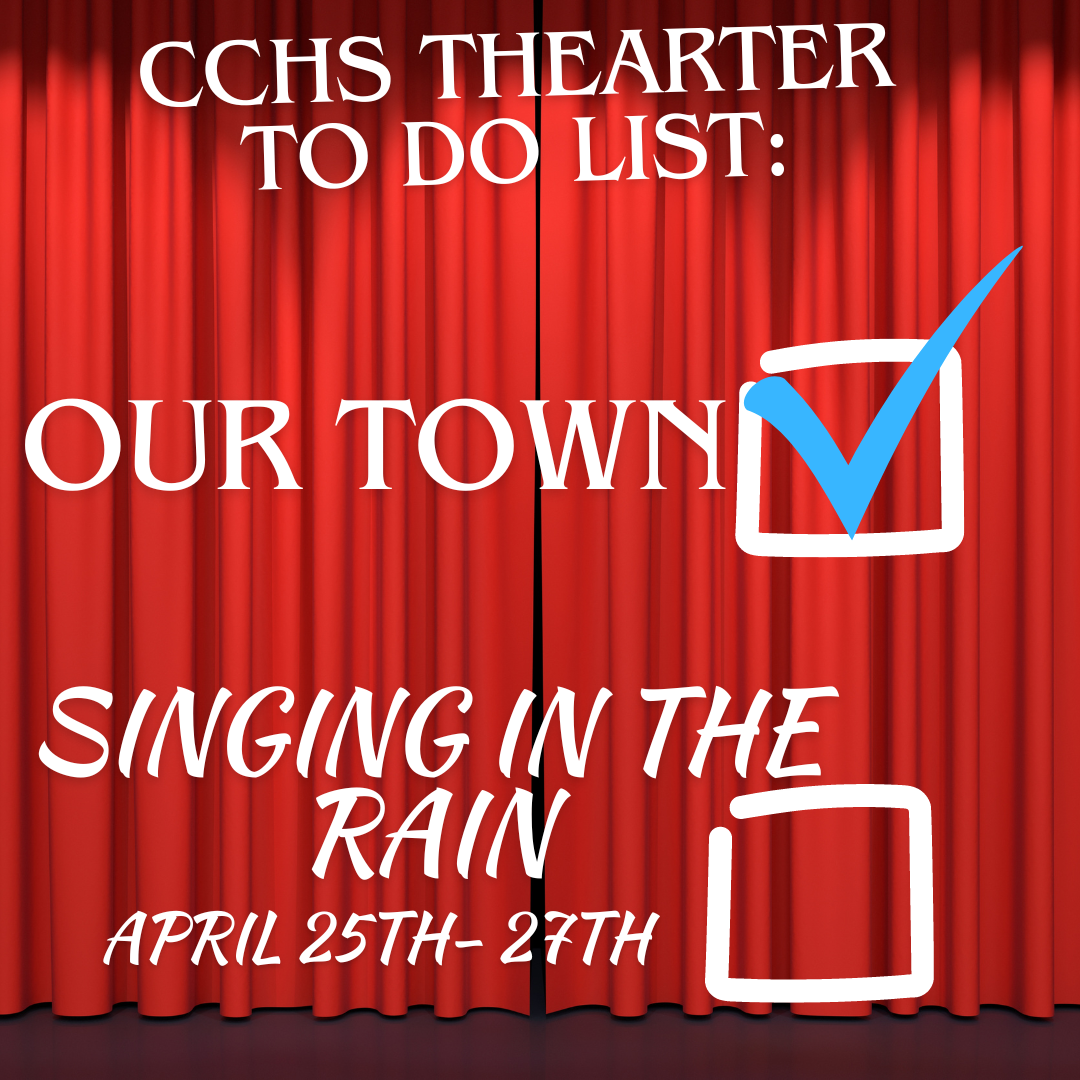Introduction:
After the hype of the Total Solar Eclipse in America and Mexico, I was wondering what else is happening in our skies as the year continues. I tracked down all the main events, including some we cannot see, and put them in this article for a complete 2024 Astronomy Calendar. It mostly lists the meteor showers, where to see them, when to see them, and talks a little about their history and performance.
Throughout the Months, What Will We See?
April and June – The Devil Comet 
Where can you see it: In the Northern Hemisphere, Comet 12P will be slightly visible after the sunset, look West beneath the Moon, right of Jupiter. The comet then slowly disappears just hours later.
What is it: It is a comet that comes around every 71 years and earned the nickname Devil Comet in 2023 when an outburst caused it to have an asymmetrical appearance, like having horns.
Other Facts: The comet was best visible during the Total Solar Eclipse, and it is one of the brightest known periodic comets reaching a visible magnitude of 5. It was first discovered by Jean-Louis Pons on July 12th, 1812.
April 22nd – The Lyrid Meteor Shower
Where can you see it: You can see it the best in the Northern Hemisphere with a dark sky and no moon. With those conditions you will see 10-15 Lyrids per hour. Although, the meteor show is known for uncommon outburst which can lead to 100 meteors an hour. To see it, look Northeast near the constellation Lyra or the star Vega.
What is it: A trail of debris from the passing Comet Thatcher, which was first noticed in 1861 around the time it was closest to the sun. The comet is now far away, traveling outward, away from the sun, eventually returning in 2283 for its next perihelion.
Other Facts: The Lyrid Meteor show is known for its outbursts; producing many meteors at once, every 60 years. The next Lyrid outburst is in 2042.
May 4th – Eta Aquarids Meteor Shower 
Where can you see it: The shower can be viewed in both the Northern and Southern Hemispheres, although the Southern Hemisphere has the best view. You can see it facing east, in the constellation Aquarius. Lying flat on your back, and after your eyes adjust, you will be able to see small streaks zoom across the sky.
What is it: The meteor shower contains chunks of debris from the well-known comet: Halley’s Comet. It takes about 76 years to orbit the Sun once for the comet, and will not enter the viewing range again until 2061.
Other Facts: The meteors peak during early May each year and are known for their speed, traveling about 148,000 mph into Earth’s atmosphere. Their peak activity meteor count is about 30 per hour.
July 28–29: Delta Aquarids Meteor Shower
Where can you see it: This is best viewed from the Southern Hemisphere, but residents living in the mid-latitudes in the Northern Hemisphere will still see some meteors. The shower is above the southern horizon by the Delta Aquarii and with a dark sky and adjusted eyes you can see up to 20 meteors an hour.
What is it: The debris come the comet 96P/Machholz which was discovered in 1986 by Donald Machholz. It takes over 5 years to complete one orbit around the Sun, and as it gets closer, the comet gets heated and lets off rocky debris which burn up in our atmosphere.
Other Facts: The shower will go on from July 18 to August 21, with the predicted peak being July 30.
August 12th – Perseids Meteor Shower 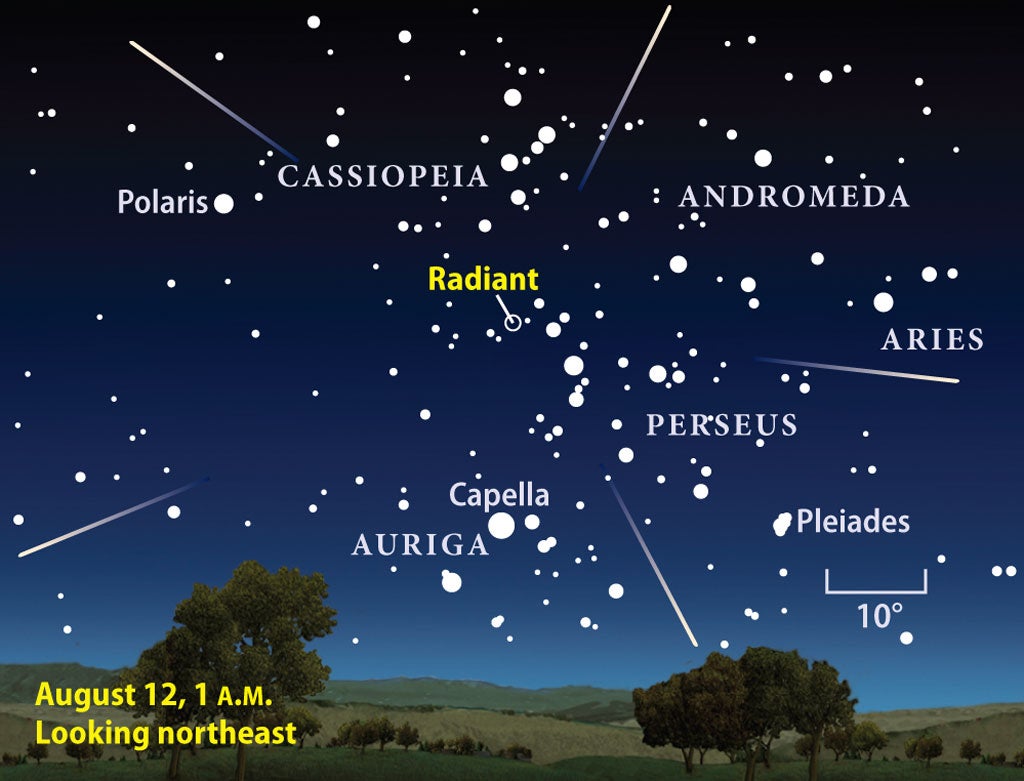
Where can you see it: The radiant point is the constellation Perseus, when its close to midnight and there is no surrounding light visible. The shower is often best seen just before dawn which produces the most amount of meteors, reaching 60 or more per hour.
What is it: Persieds meteors come from a large comet, 109P/Swift-Tuttle, which orbits the sun approximately every 133 years. Lewis Swift discovered it on July 16th, 1862 using a refractor telescope. The Perseids Meteor show is an annual occurrence, dating back to 69BCE.
Other Facts: In Ancient Greece, Perseus is the son of Zeus and Danae, a mortal. It is said that the shower revisits the time where Zeus visits Danae in a shower of gold.
September 27th – C/2023 A3 (Tsuchinshan–ATLAS)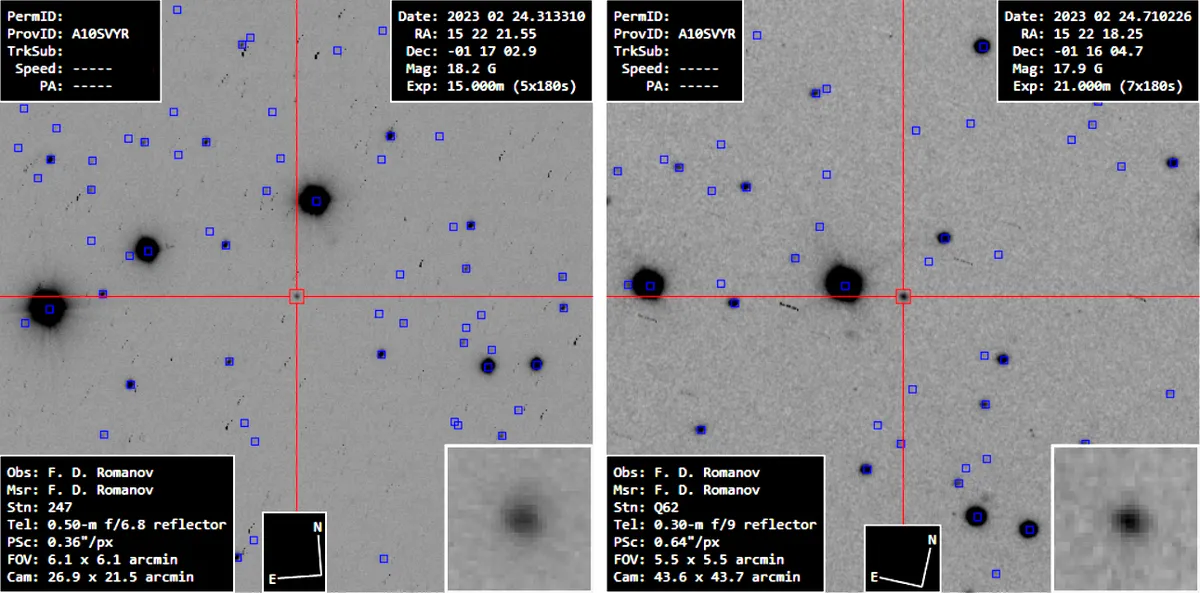
Where can you see it: The comet will start to become visible in the evening sky around summer and the brightest point should be near the end of September. It will also appear on October 12th where it will pass perigee.
What is it: Comet C/2023 A3 is a ball of ice and dust that comes from the Oort cloud. It was discovered in February 2023 during a sky watch by ATLAS using a reflector telescope. The comet completes an orbit every 80,000 years. Right now it is only visible through large telescopes near the constellation Libra, but by the end of September it will maybe be a magnitude 0.6 when dawn approaches.
Other Facts: When the comet was discovered, it brought potential to be the next comet of the century, but as investigations furthered, it is thought to be still bright but not as famous as Comet Hale-Bopp.
October 2nd – Annular Solar Eclipse for the Pacific Ocean and South America 
Where can you see it: The annular solar eclipse path is starting in the Pacific Ocean, off the coast of South America, and moving across parts of southern Chile and Argentina
What is it: Almost like a total solar eclipse, the moon will cross paths with the sun but only cover it partially, and you still will see a ring of light around the moon.
Other Facts: This is the second solar eclipse of this year following the April 8th total solar eclipse. Solar eclipses happen every year, but a total solar eclipse only happens every so often and the chances are pretty rare.
October 5th – Asteroid Fly-by(2007 FT3)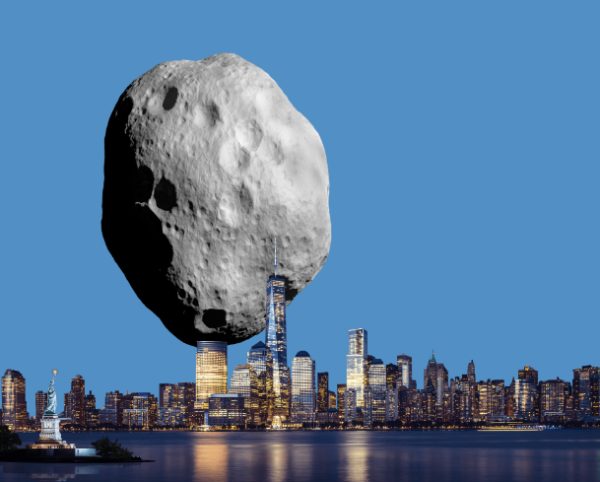
Where can you see it: Right now the Asteroid is in the constellation Aquarius above the horizon and is placed in the South-South-West direction. With its mag of 21.93, you can only see it through large telescopes or long exposure photography.
What is it: Categorized as an Apollo-class Asteroid, it is the size of the US Capital building and potentially hazardous, although there is only a 1 in 11.5 million chance of striking Earth on October 5th. NASA classified 2007-FT3 as PHA because of its close passes with Earth.
Other Facts: The Asteroid has two close passes with Earth. One on March 29th, 2067 and another on March 31st, 2181.
October 7th – Draconids Meteor Shower 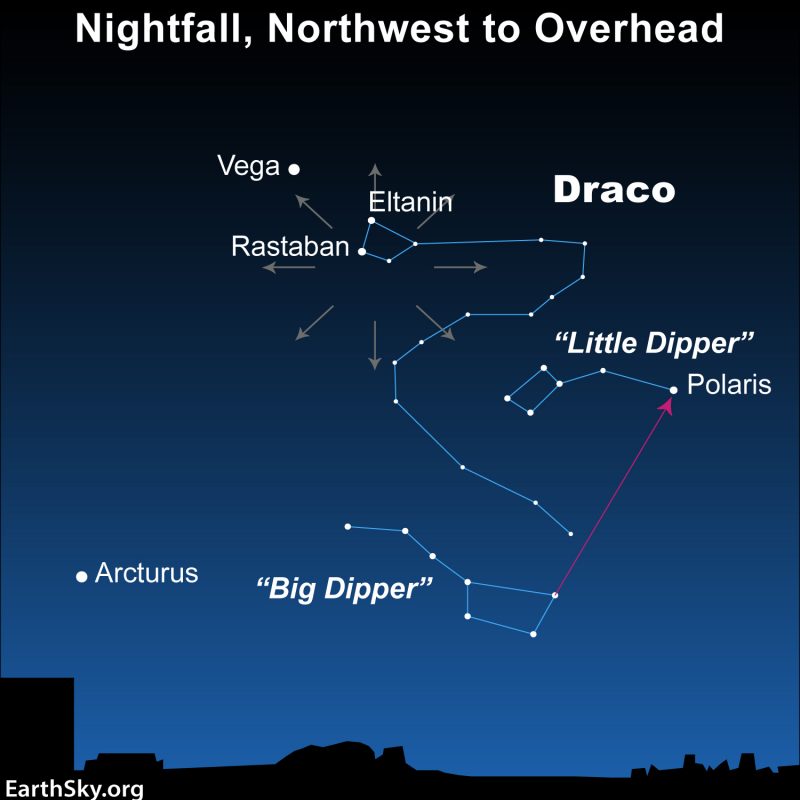
Where can you see it: This Meteor shower is best viewed from the Norther Hemisphere, as the radiant point is near the stars Eltanin and Rastaban in the head of the constellation Draco in the Northern sky. Although instead of looking after midnight, look at it early in the evening towards the radiant point.
What is it: Rocky debris from the Comet 21P Giacobini-Zinner(Giacobinids) burn up in our atmosphere and cause a mini meteor shower that only produces about ten meteors every hour. The Comet returns every 6.6 years
Other Facts: On October 9th, 1933, by 7:00 numerous meteors were falling per minute and turned into a meteor storm. An observer in Ireland estimated that at the maximum 100 meteors appeared in five seconds. The history of the Giacobinids meteor shower is very interesting on the relationship between the comet and its meteors.
October 21st – Orionids Meteor Shower
Where can you see it: Although the bright moon during the October month will make it hard to see the meteors, the shower is visible to viewers in both the Northern and Southern Hemispheres. The radiant point for these guys come from the direction of the Orion constellation. The best time to view the shower is between midnight and dawn.
What is it: Leftover debris from the famous Halley Comet, Orionids fly through the sky at 41 miles per second. They are one of fastest meteors showers because they hit Earth almost head on.
Other Facts: The orionids we see today left by the Halley’s Comet are from hundreds of years ago, as the current orbit of the comet doesn’t bring it close enough to Earth to produce meteors.
November 4th – Taurids Meteor Shower 
Where can you see it: You can see the Taurids anywhere on Earth expect for the South Pole. The shower comes from their radiant point in the Taurus constellation.
What is it: Left by Comet Encke, the debris hit Earth’s atmosphere at about 65,000 mph. The Comet is thought by some astronomers to be a part of a larger comet that was broken up around 20,000 to 30,000 years ago.
Other Facts: The Taurids are sometimes referred to as “Halloween fireballs” because they occur late in October and in early November. They travel slowly at about 17 miles per second across our sky. Comet Encke is the second comet to be given a name after comet Halley.
November 17th – Leonids Meteor Shower 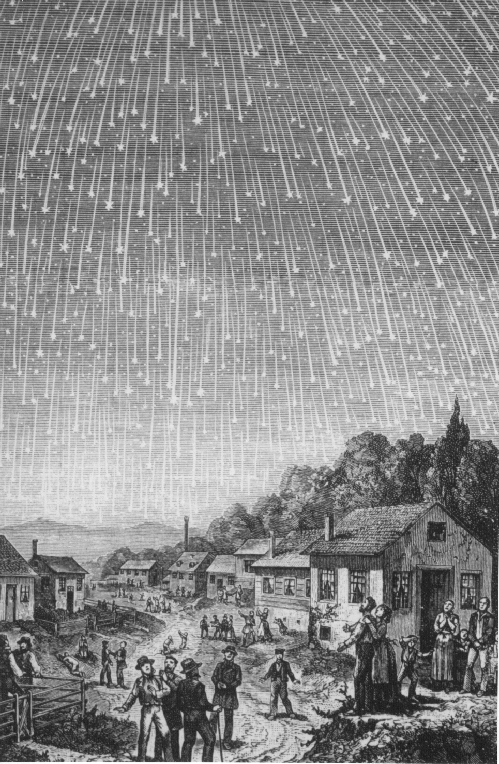
Where can you see it: The radiant point of this Meteor shower comes from the one and only Leo constellation. The shower appears to originate from the direction of the Northern Hemisphere, but for this constellation, it is best that you look away from the radiant point as they will appear for longer amounts of time to view them. You have to let your eyes adjust to the darkness to see the small streaks fly by.
What is it: The debris are left over from the comet 55P/Tempel-Tuttle. It takes the comet 33 years to orbit the sun once, and was discovered twice independently in 1865 and 1866 by Ernst Tempel and Horace Tuttle.
Other Facts: Every 33 years we may experience a Leonid storm which produces hundred to thousands meteors per hour. Viewers in 1966 experienced a Leonid storm in which hundreds to thousands meteors fell during a 15 minute period. The most recent meteor storm with the Leonids took place in 2002.
December 13th – Geminids Meteor Shower
Where can you see it: The radiant for the shower rises in the mid-evening so you can enjoy the show all night around the peak of December 13th. To find the radiant point look at the constellation Gemini in the Northern Hemisphere. There are visible meteors in the Southern Hemisphere but not as many as the latter. Under ideal conditions with no moon you can catch up to 120 meteors per hour.
What is it: Debris from the Asteroid 3200 Phaethon which makes it different from the rest of the meteor showers in which comets are responsible for most meteor showers. The Asteroid was discovered in 1983 when the IRAS(Infrared Astronomical Satellite) found it in its pictures. On October 11th, 1983, Simon Green and John Davies initially named it 1983 TB which was then given an asteroid name, 3200 Phaethon in 1985.
Other Facts: DESTINY The Japanese spacecraft is going to be launched in 2024 to visit the Asteroid in 2028. Geminids meteors tend to be bold, white and quick.
December 21st – Ursids Meteor Shower 
Where can you see it: You can see the shower throughout the Northern Hemisphere. It can be seen anywhere in the night sky, the radiant point being Ursa Minor. You can see it when it’s completely dark out with no moon, let your eyes adjust
What is it: Leftover debris from Comet 8P/Tuttle, the comet was discovered by American astronomer Horace Parnell Tuttle on May 3rd, 1858. The Comet orbits the sun every 13.61 years or 4,970 days.
Other Facts: The shower has very little meteors per hour, only five. But in the years 1945 and 1986, there were up to 120 and 90 meteors per hour.


